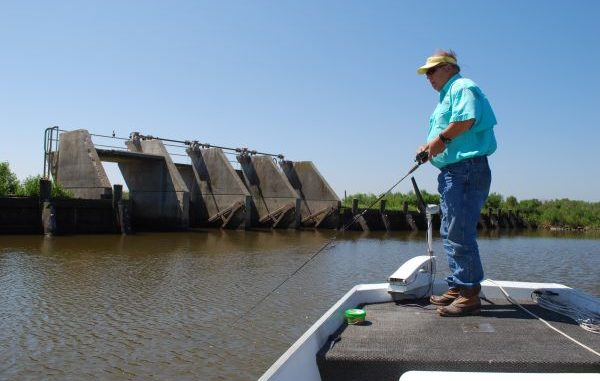
The history of the creation of the Rockefeller Wildlife Refuge is an interesting one, and weaves together the lives of monied American financial barons and the burgeoning conservationist movement coming out of the Gilded Age.
In the early 20th century, Louisiana’s Edward McIlhenny and a partner, wealthy birdwatcher Charles Willis Ward, came up with the idea of turning coastal Louisiana islands into the state’s first wildlife refuges. McIlhenny and Ward petitioned Olivia Sage, the widow of Russell Sage, the railroad and financial magnate and philanthropist, to provide funding.
Through the Russell Sage Foundation, she purchased 75,000-acre Marsh Island and turned it over to Louisiana; it became Marsh Island Wildlife Refuge.
Sage then introduced McIlhenny to the immensely wealthy John D. Rockefeller in 1914. Rockefeller, through his Rockefeller Foundation, agreed to assume financial responsibility for part of the $212,000 that McIlhenny owed for 86,000 acres of coastal marshland.
In 1920, the huge tract of land was transferred to the state of Louisiana and renamed Rockefeller Wildlife Refuge. Beach erosion has caused the original tract to shrink to an estimated 76,000 acres today, but the area is still huge and wild.
The terms of the original agreement stipulated that no public taking of fish or animals was to be allowed, and the U.S. Fish and Wildlife Service was given the responsibility of checking that the deed of donation was enforced. Fortunately for anglers, the deed was amended in 1983 with a memorandum of understanding between the U.S. Fish and Wildlife Service and the Louisiana Department of Wildlife and Fisheries to allow for regulated sport fishing and commercial trapping when compatible with the primary purpose of the refuge as a wildlife sanctuary.
Rockefeller Wildlife Refuge has provided winter habitat for as many as 400,000-plus waterfowl. The refuge is intensively managed for waterfowl, primarily by managing water levels to encourage growth of desirable food plants for ducks and geese. Some areas on the refuge are managed to stabilize water levels and keep salinities low to foster growth of underwater plants.
In others, water levels are drawn down in spring and summer to encourage growth of seed-bearing plants. In still others, the marsh is burned to provide new growth for geese to feed upon.
Rockefeller Wildlife Refuge is also a research center, with projects on marsh management, alligator biology and ranching, brown pelicans, bald eagles, fisheries and aquaculture.